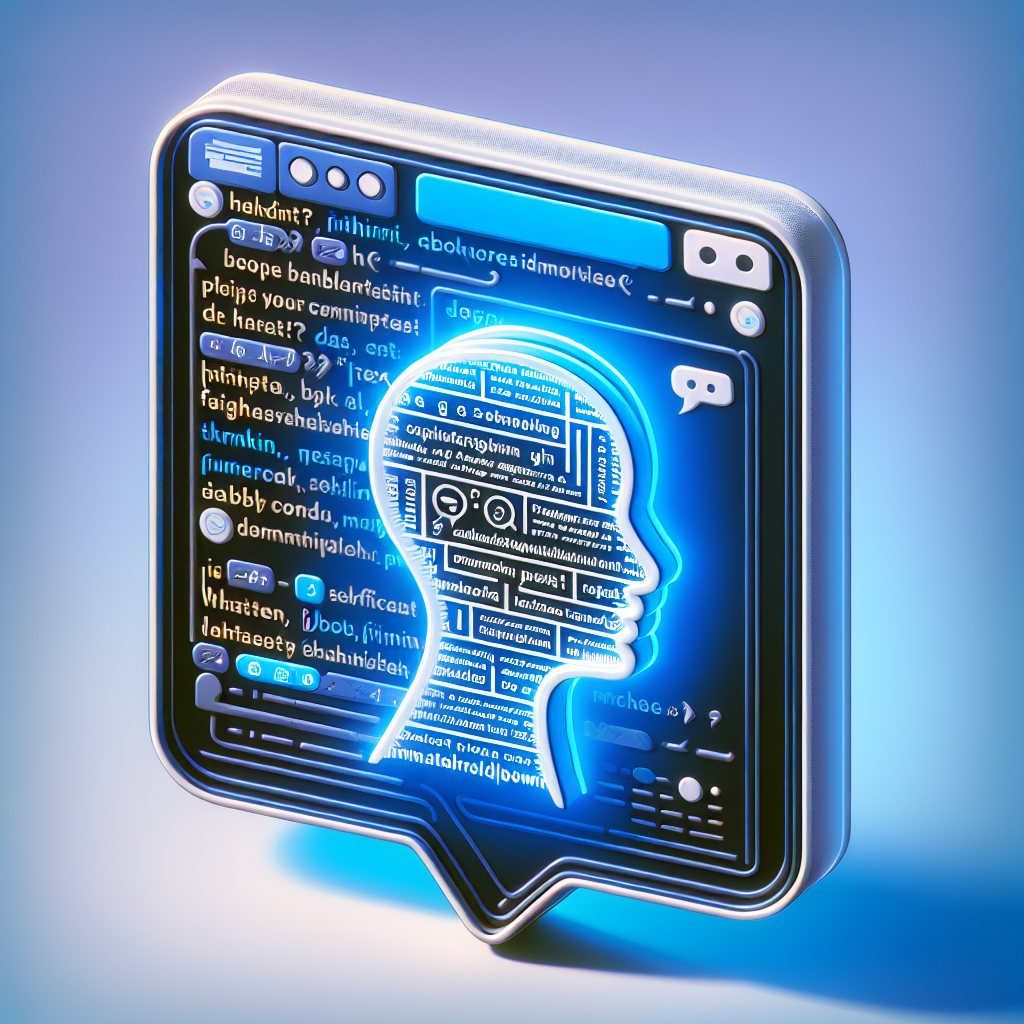ChatGPT and Markdown: Enhancing Writing and Formatting Efficiency
ChatGPT is a powerful language model that quickly generates high-quality text, while Markdown is a simple and user-friendly markup language ideal for text formatting. Using them together significantly enhances content creation and formatting efficiency.

"Need to convert or format Markdown? Check out our free tools– they're easy to use and always available."
In today's digital age, efficient writing and formatting tools have become increasingly important. ChatGPT, a powerful language model developed by OpenAI, excels in handling natural language tasks. Markdown, a lightweight markup language, is widely appreciated for its simplicity and ease of use. When combined, ChatGPT and Markdown can greatly enhance the efficiency of content creation and formatting.
What is ChatGPT?
ChatGPT is a language model developed by OpenAI based on the GPT (Generative Pre-trained Transformer) architecture. It can understand and generate natural language text and is extensively used in various fields, such as content creation, customer service, programming assistance, and more. ChatGPT can perform complex language tasks like answering questions, generating articles, translating text, making it an invaluable assistant for writing tasks.
What is Markdown?
Markdown is a lightweight markup language designed to enable people to write content in a plain-text format that can be easily converted to HTML or other structured formats. Markdown's syntax is simple and intuitive, supporting basic text formatting, such as headings, lists, links, code blocks, etc. This makes Markdown the ideal choice for writing and formatting technical documents, blog posts, emails, and other text content.
Combining ChatGPT and Markdown
Enhancing Writing Efficiency
When using ChatGPT, users can quickly generate high-quality content without starting from scratch. For instance, you can use ChatGPT to generate a draft of a blog post, the basic structure of a technical document, or the body of an email. Then, by applying Markdown syntax to the generated content, you can create structured and readable documents.
Rapid Formatting
ChatGPT can not only generate textual content but also understand and produce Markdown format. For example, you can request ChatGPT to generate a document with headings, lists, links, and other Markdown elements. Here’s an example:
Introduction
This is an example document containing various Markdown elements.
List
- Item 1
- Item 2
- Item 3
Link
Code Block
def hello_world():
print("Hello, World!")
### Content Optimization
With drafts generated by ChatGPT, users can further edit and optimize the content. ChatGPT can understand user feedback and make content adjustments. For instance, you can ask ChatGPT to rephrase a section of text, add more details, or explain complex concepts in simpler terms.
## Practical Applications
1. **Technical Documentation**: Developers can use ChatGPT to generate initial drafts of API documentation, then format them with Markdown, increasing writing speed and documentation quality.
2. **Blog Posts**: Bloggers can quickly generate content using ChatGPT and manage the article format easily with Markdown, enhancing content creation efficiency.
3. **Educational Resources**: Educators can utilize ChatGPT to create teaching materials and organize and publish them with Markdown, making it easier for students to read and learn.
## Conclusion
The combination of ChatGPT and Markdown brings great convenience and efficiency to content creation and formatting. It not only allows for the rapid generation of high-quality text but also helps present content in a readable, structured manner. Whether it's for technical documentation, blog posts, or educational resources, using ChatGPT and Markdown can significantly boost productivity.
---
I hope this article provides useful information and showcases the advantages and applications of combining ChatGPT and Markdown.


Comments ()